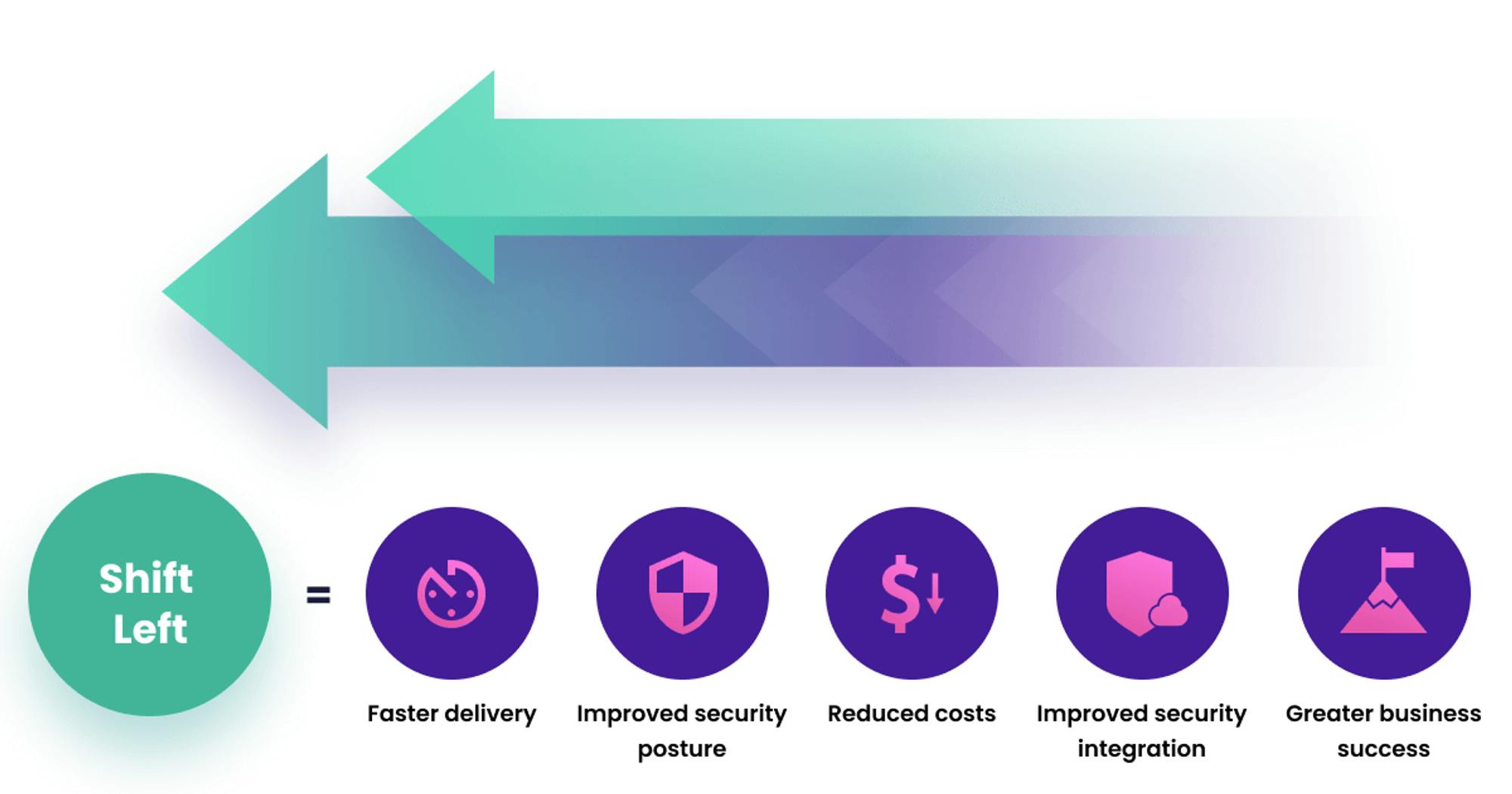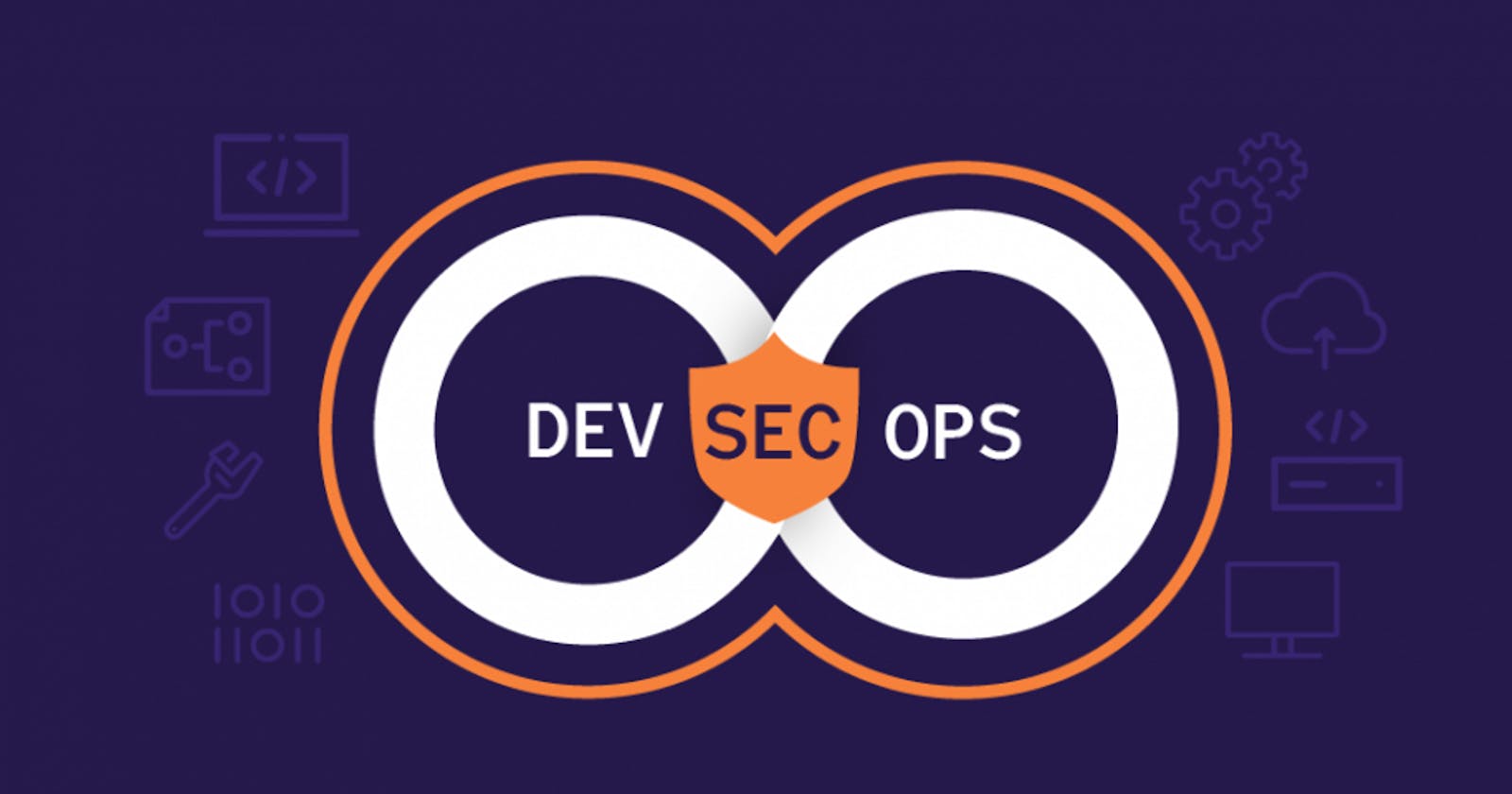Introduction
In today's rapidly evolving technological landscape, security has become paramount, with organizations striving to protect their digital assets and infrastructure from potential threats. DevSecOps, a practice that integrates security into the entire software development life cycle, has emerged as a vital approach to ensure secure and robust applications.
As we move forward into the future, DevSecOps is poised to undergo exciting advancements, leveraging cutting-edge technologies and innovative methodologies. In this blog post, we will explore the trends and innovations that will shape the future of DevSecOps.
Shift-Left Security
One of the key trends in DevSecOps is the concept of "Shift-Left Security." Traditionally, security measures were applied at later stages of the software development process, leading to potential vulnerabilities being discovered only during testing or deployment.
However, the shift-left approach emphasizes integrating security practices early on in the development cycle. By involving security experts from the outset, organizations can identify and address vulnerabilities at the source, reducing the overall risk and cost associated with fixing security issues later in the development process.

Automation and AI-powered Security
Automation has been a game-changer in the realm of software development, and it is no different when it comes to security. DevSecOps teams are increasingly embracing automation to streamline security tasks, such as vulnerability scanning, threat detection, and code analysis.
By leveraging Artificial Intelligence (AI) and Machine Learning (ML) algorithms, organizations can identify patterns, detect anomalies, and respond to security threats in real-time.
Automation not only improves efficiency but also enables faster response times and enhances the overall security posture.

Container Security
Containers have revolutionized software deployment by providing lightweight and scalable environments. However, securing containerized applications presents unique challenges.
In the future, container security will play a crucial role in DevSecOps practices. Innovations in this area include the development of specialized tools and frameworks that focus on container vulnerability scanning, image hardening, and runtime protection.
Organizations will need to prioritize container security to ensure that their applications remain secure in dynamic and rapidly changing containerized environments.

Infrastructure as Code (IaC)
Infrastructure as Code (IaC) is an approach that treats infrastructure provisioning and configuration as code. This paradigm allows developers to define infrastructure requirements using code, which can then be version-controlled, tested, and deployed using DevOps practices. As DevSecOps evolves, the integration of security into IaC workflows will become increasingly important.
Secure coding practices, automated security checks, and vulnerability scanning can be incorporated into the IaC pipelines, enabling organizations to maintain a strong security posture throughout the infrastructure lifecycle.

Continuous Compliance and Governance
Compliance with regulations and industry standards is a critical aspect of software development. In the future, continuous compliance and governance will gain prominence in DevSecOps practices.
Organizations will invest in tools and technologies that provide automated compliance checks, audit trails, and real-time monitoring to ensure that security and regulatory requirements are met throughout the development and deployment processes.
Continuous compliance will streamline the certification and auditing processes, reducing compliance-related risks and improving overall security and trust.

Conclusion

In conclusion, as we look ahead to the future of DevSecOps and the evolving landscape of software development, it is evident that managing security, collaboration, and automation will be critical for success. The trends and innovations discussed in this blog post, such as Shift-Left Security, automation, container security, Infrastructure as Code (IaC), and continuous compliance, will shape the future of DevSecOps practices.
Onboardbase, with its powerful capabilities and commitment to innovation, is well-positioned to support and enhance the future of DevSecOps. Its focus on managing secrets and configurations aligns perfectly with the increasing need for secure and efficient practices. By integrating Onboardbase into the DevSecOps workflow, organizations can leverage its features to streamline their processes, enhance collaboration, and improve overall security.
Try Onboardbase today!
